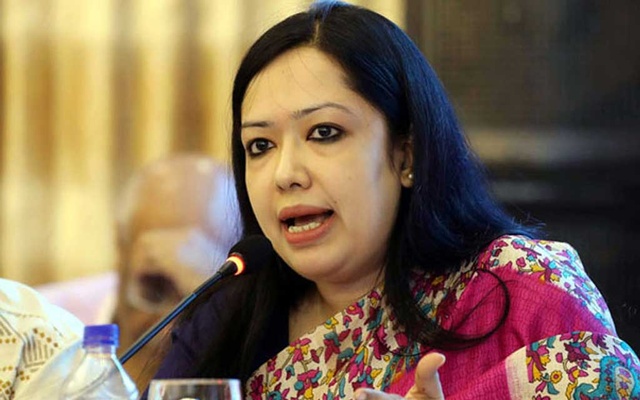
Rice prices remain a major driver of food and overall inflation in Bangladesh, according to the Economic Update and Outlook: August 2025 report published by the General Economics Division (GED) of the Bangladesh Planning Commission.
The report notes that despite efforts by the interim government to stabilize the economy, the persistent rise in rice prices has emerged as a fresh challenge. Rice’s contribution to food inflation rose from 40% in May to 51.55% in July. Medium and coarse rice alone accounted for 24% and 18.39% of the rate, respectively. All three major rice categories — fine, medium, and coarse — recorded inflation of around 15% in July.
This trend contradicts earlier expectations that a strong Boro harvest would help cool prices.
Production and Supply Gaps
The GED identifies production shortfalls as a key factor. Data from the Bangladesh Bureau of Statistics (BBS) show that Aus and Aman production dropped by 0.85% and 6.04% in FY2024–25, mainly due to frequent floods and unfavorable weather. Land under Aus cultivation also fell by 7.32% compared to the previous year.
To ease the supply crunch, the government announced a procurement target of 1.4 million metric tons of Boro rice in April. However, rice distribution in July was only 62,889 metric tons — 36% lower than the same period last year. The Ministry of Food also invited private imports on July 23, with a deadline for applications set for August 7. The GED cautions that these measures may take several months to impact market prices.
Inflation Edges Up After Steady Decline
Headline inflation rose slightly to 8.55% in July from 8.48% in June — the first increase after seven consecutive months of decline. Still, the report says this is not alarming, given the severe macroeconomic challenges inherited by the interim government in August 2024.
Under Chief Adviser Dr. Muhammad Yunus, coordinated fiscal and monetary policies have already pulled inflation down from double digits. Bangladesh Bank’s latest monetary policy aims to reduce inflation below 7% by December 2025.
While supply-side pressures remain, the GED emphasizes the importance of close market monitoring and timely provision of agricultural inputs. Non-food inflation stayed stable, and falling vegetable and root crop prices helped contain overall inflation in July.









